Leg Elevation 101
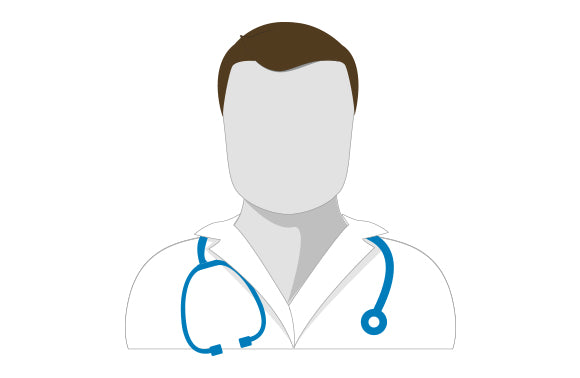
For centuries, physicians have been recommending leg elevation to relieve a long list of health conditions. Unfortunately, many people do not know how to achieve proper leg elevation or why it is essential.
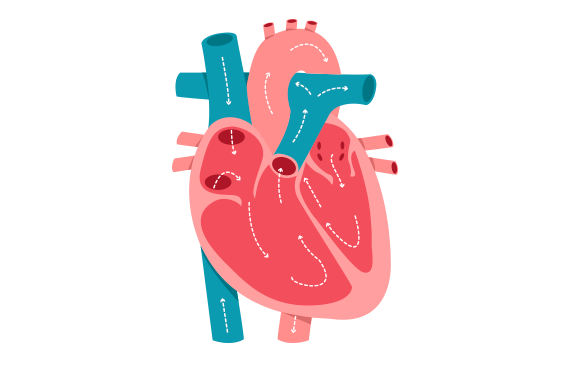
Basic Circulation:
Our hearts pump blood into our arteries. The arteries allow blood to flow to our arms, legs and other vital organs. Arteries branch off into smaller vessels, eventually becoming capillaries. Capillaries are microscopic blood vessels that allow nutrients and oxygen (O2) to diffuse out of the blood and into our bodies. Capillaries then absorb Carbon Dioxide (C02) and waste products that our cells produce, carrying them back to the heart.
When we are sitting or standing, gravity has a significant impact on how blood flows through our legs. Our veins must fight against gravity to get blood back to our heart.
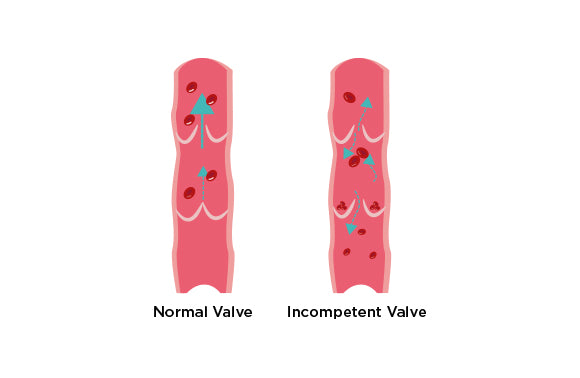
Venous Blood Flow:
While we are active, the valves in our veins keep blood flowing in the right direction. When calf muscles contract, they squeeze the veins, causing the valves to close. When the valves close, blood can only flow back toward the heart; this is called a "calf-muscle pump."
When we are sitting or standing, these valves remain open. The pressure in the veins can reach up to a dangerous 120 mmHg due to gravity causing stagnant venous blood flow.
Sometimes valves do not function properly. These are called incompetent valves, a form of venous disease. Incompetent valves make blood flow to the heart more difficult, rendering the "calf-muscle pump" ineffective and causing an increase in venous pressure.
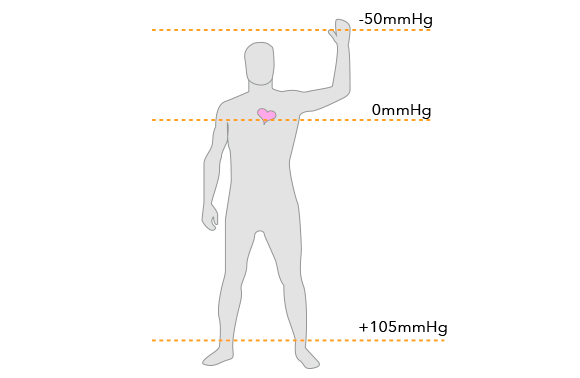
Hydrostatic Pressure:
Gravity is also responsible for the pressure in all of our blood vessels, more specifically known as Hydrostatic Pressure. Blood continues to move along the capillary while fluid is flowing from the pores into the interstitial space. If the heart has neutral pressure, anything raised above it will have negative pressure. You can see that our legs, more than any other area of our body, are affected by gravity. This is why daily leg elevation is key to your overall well-being!
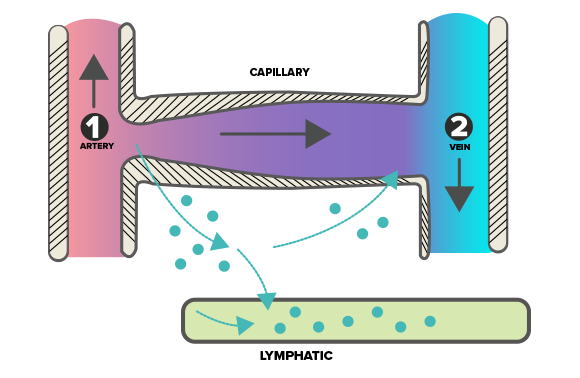
Interstitial Fluid:
This fluid rests between the tissues cells and is responsible for providing nutrients and oxygen (O2) to the Sertoli and germ cells. There is higher pressure at the arterial end of the capillary than at the venous end. This pressure allows the fluid to leave the capillary, being reabsorbed at the venous end. Tiny blood vessels (Lymphatics) collect excess fluid in the soft tissue and disperse it back into the venous system.
The fluid leaving the capillaries at the arterial end carry oxygen, proteins, glucose and other nutrients to the cells. At the venous end, Carbon Dioxide and waste are absorbed by the interstitial fluid and travel through the capillary back to the heart. The lungs remove the Carbon Dioxide and absorb the Oxygen, while the kidneys and liver remove waste from the cells.
If the fluid becomes stagnant and accumulates, making the exchange of oxygenated cells difficult. Cells are left standing in waste products and cannot travel through our bodies to absorb oxygen and other vital nutrients.
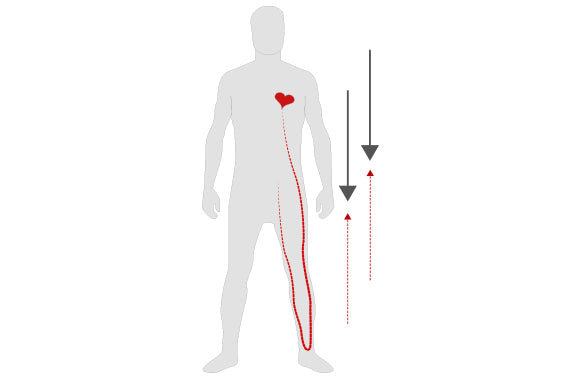
Sitting and Standing:
When we are standing, hydrostatic pressure increases in our capillaries. Having a higher hydrostatic pressure in our capillaries results in the net movement of fluid out of the capillaries, creating stagnant fluid around our cells, which can be painful. The same principles apply while we are sitting, except the distance the blood needs to travel is not quite as far.
While our legs are elevated hydrostatic pressure decreases, the net movement of fluid goes back to the capillaries and allows fluid to be reabsorbed. Then, we can use gravity to increase venous flow back to the heart and lower venous pressure!
Physicians have been recommending leg elevation for centuries. There is a science behind proper leg elevation. Legs need to be above your heart, to lower the hydrostatic pressure and the knees should have a 25-degree bend. This is a more comfortable position. We naturally bend our joints slightly so that the tendons are relaxed. Having straight knees could cause kinking of the popliteal vein against the tibia, causing obstruction pain. Thighs should be tilted no more than 45-degrees. A higher angle will cause the femoral vein to kink, obstructing blood flow further. The lower leg (knee to ankle) needs to be tilted 15-20 degrees to allow gravity to augment venous and lymphatic flow in the calf muscle. While lying flat on your back, the Lounge Doctor Leg Rest will contour to the shape of the lower extremity to distribute pressure. This product allows you to reach optimum blood flow! Obtaining proper leg elevation will lower hydrostatic pressure, maximize blood flow comfortably, allowing you to use gravity to your advantage.
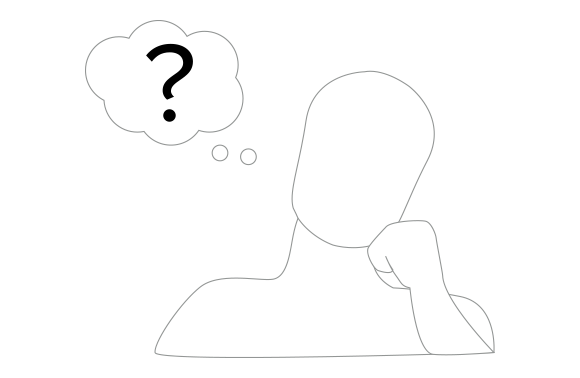
Why should I elevate my legs?
Even if you do not have a specific medical requirement for leg elevation, everyone will experience leg pain. Combined with a sedentary lifestyle, we are at high risk for accumulating stagnant interstitial fluid, venous stasis, and venous hypertension. The best time to elevate your legs is at the end of your workday or before going to bed.
Just 20 minutes a day can reverse gravity's effects on our legs. Using the Lounge Doctor Leg Rest before bed will allow for the fluid to absorb faster, increasing the exchange of nutrients in your legs for the entire night. Your legs will feel more rested and ready to go the next morning!
Many people prop their legs with pillows or cushions to elevate their legs. These methods can cause more harm than good due to improper leg position. The Lounge Doctor Leg Rest takes away all of the guesswork. Simply place the Lounge Doctor Leg Rest on a flat surface, such as a bed or couch, lay back and relax!
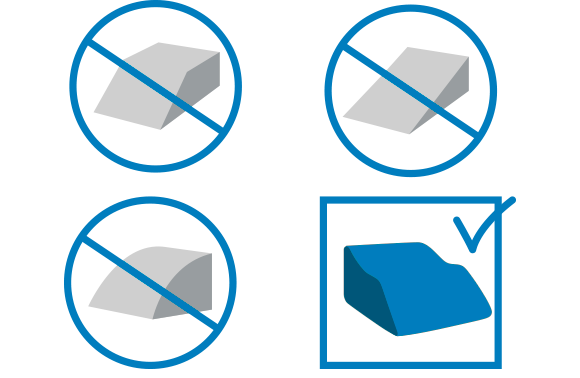
The Competition:
There are other products on the market that aid with leg elevation, but they are far less effective than the patented Lounge Doctor Leg Rest, while some are completely ineffective. The competitors’ leg rests cannot help you achieve the proper angles for optimal results. The Lounge Doctor Leg Rest is based on science and is guaranteed to be a healthful addition to your home.
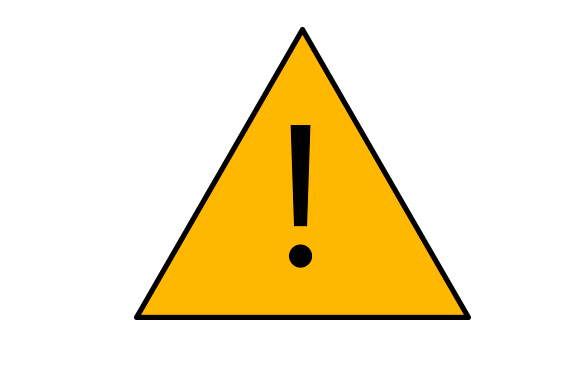
Please note, there are two groups of patients whom may be unable to elevate their legs due to preexisting conditions. Patients with severe Congestive Heart Failure (CHF) may experience shortness of breath while lying flat, and therefore may be unable to use this product. Secondly, patients with Peripheral Arterial Disease may have pain in their feet while their legs are elevated because the arterial blood has to go "uphill" against gravity.



